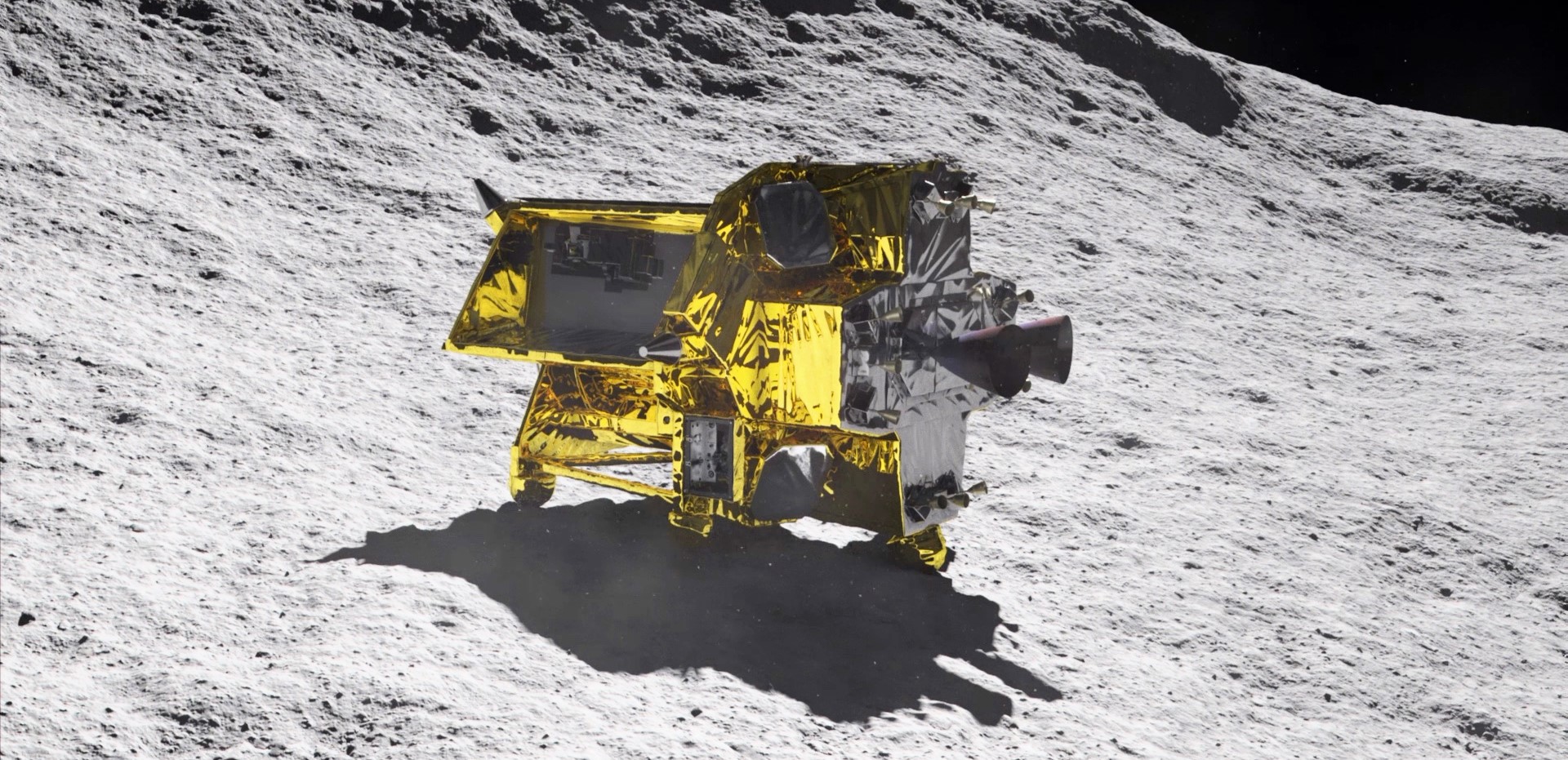On January 19th, 2024, the Japanese Aerospace Exploration Agency (JAXA) successfully landed its Smart Lander for Investigating Moon (SLIM) on the lunar surface. In so doing, JAXA became the fifth national space agency to achieve a soft landing on the Moon – after NASA, the Soviet space program (Interkosmos), the European Space Agency, and the China National Space Agency (CNSA). SLIM has since experienced some technical difficulties, which included upending shortly after landing, and had to be temporarily shut down after experiencing power problems when its first lunar night began.
On the Moon, the day/night cycle lasts fourteen days at a time, which has a drastic effect on missions that rely on solar panels. Nevertheless, SLIM managed to reorient its panels and recharge itself and has survived three consecutive lunar nights since it landed. However, when another lunar night began on May 27th, JAXA announced that they had failed to establish communications with the lander. As a result, all science operations were terminated while mission controllers attempt to reestablish communications, which could happen later this month.
As JAXA stated via its official X account (formerly Twitter):
“We tried again on the night of the 27th, but there was no response from #SLIM. As the sun went down around SLIM on the night of the 27th, it became impossible to generate electricity, so unfortunately this month’s operation will end. Thank you very much for the overwhelming support you have shown us since our post the day before.”
JAXA further indicated that the command transmission to restore communication was performed using an “unplanned ground station antenna” and with the cooperation of JAXA’s tracking network.” They also indicated that they plan to try reestablishing communications once the current lunar night ends later this month – at which point, they expect the lander will be recharged. “The power was turned off overnight, so we hope that the whole system will be reset and restarted,” they wrote.
The SLIM mission also carried two rovers, which separated from it in lunar orbit and landed independently on the same day. Known as the Lunar Excursion Vehicle-1 and -2 (LEV-1 and LEV-2), these rovers are the first Japanese robotic missions to traverse and explore the lunar surface. According to JAXA, LEV-1 is the world’s first “hopping exploration rover” while LEV-2 is the world’s smallest and lightest. During the four months since they landed, LEV-1 has measure the local temperatures, topography, and taken images.
The rovers can conduct operations autonomously and transmit data to Earth directly without assistance from the lander. As such, JAXA’s mission controllers are still likely to hear from LEV-1 and LEV-2 while attempting to restore communications with SLIM.
Further Reading: Twitter.com

